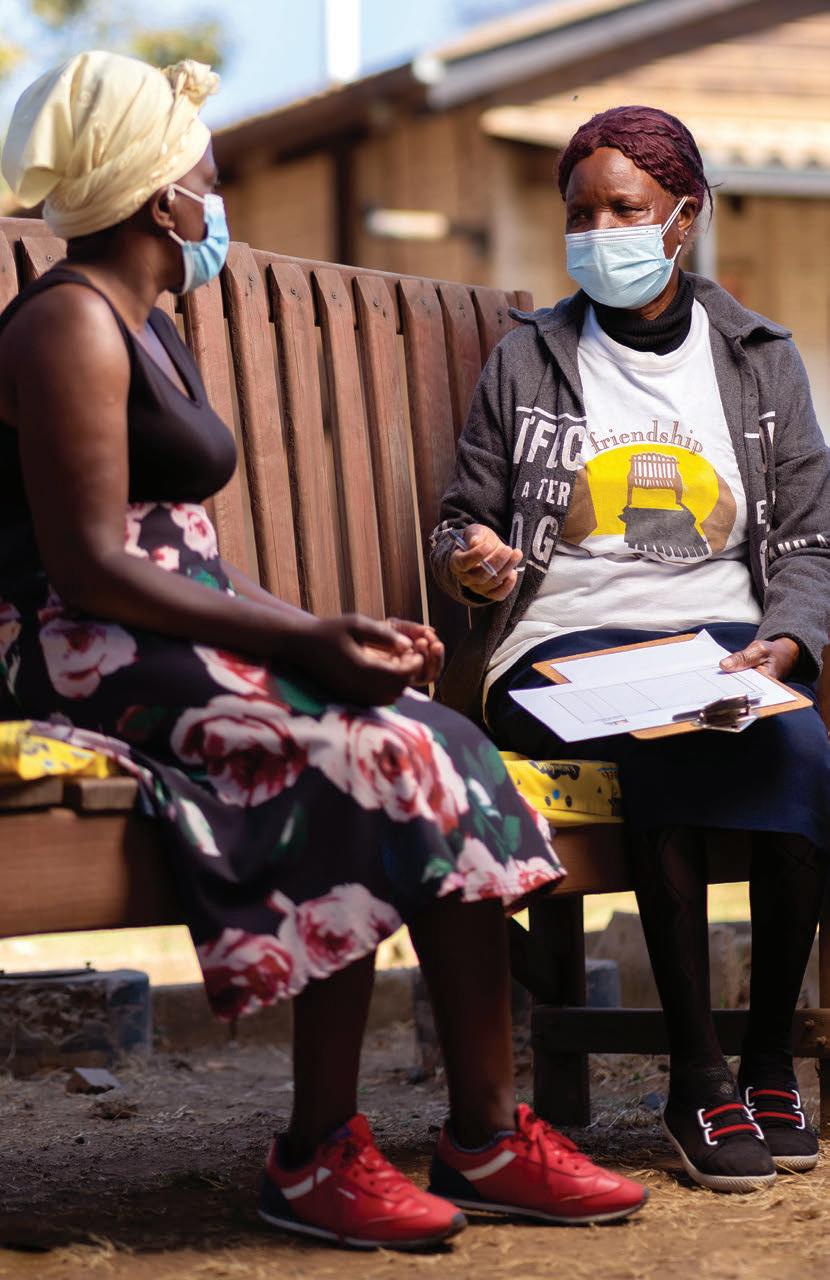

THE RIGHT TO GIVE
Source: multi-method independent university-managed survey of 800 Fellows
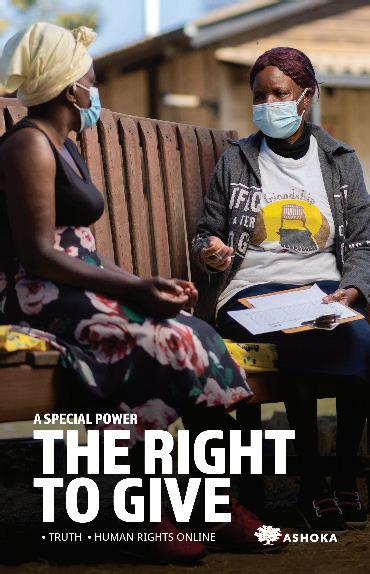
Because of Ashoka Fellow Dixon Chibanda, 98% of Zimbabweans suddenly have access to mental health care. They simply go to a nearby Friendship Bench, where a trained, respected grandmother helps them manage depression or other common psychological needs. This breakthrough idea is now spreading globally helping and helped by other Fellows.
Source: Friendship Bench
THE RIGHT TO GIVE
Humans, unlike other animals, pause rapid brain growth between early childhood and puberty to allow years of learning how to be social. If we can’t be social, i.e., givers, we are crushed in a thousand ways. This is why Ashoka believes that the most fundamental right is the right to give. In today’s world of escalating change, that means one must be a changemaker.
Now everything is changing faster and faster. Now everyone and every group is connected. We’ve gone from hunter-gatherer groups of 150 to a world of networked billions.
Today, perhaps 40 percent cannot play in this very new game. Moreover, as change accelerates, they are falling behind faster and faster. This is the new inequality. Opportunities close. Incomes fall. In one pre-COVID generation, this group in the U.S. lost four years of life expectancy compared to the high-changemaking population. They therefore fght against this future, dividing society and putting all at risk.
That’s why Ashoka’s purpose is an ”everyone a changemaker” (EACH) world. Leaving anyone behind is both unjust and wounds the whole. Ashoka’s strategy moves on two levels:
1. Its Fellows spot new needs and entrepreneur society-wide structural changes. That’s what top social entrepreneurs do.
2. Once there is a critical mass of Fellows addressing a problem, the Ashoka Fellow-based network crafts how society’s architecture needs to change and uses Ashoka’s new “jujitsu” mega partners and metro organizations to put that architecture in place rapidly.
The result is a beautiful and self-correcting new reality. As soon as there is a need, changemakers jump up and join together to create a better world. Thank you for helping build that world.
I - FOUNDATION STRATEGY: NETWORK THE TOP SOCIAL ENTREPRENEURS
Suddenly, all humans are connected through entirely new, unforeseen, fast-changing mechanisms. Suddenly, everyone must master new learning, thinking, and socializing skills. And society’s sudden new architectures must be civilized. Social entrepreneurs everywhere go to work!
When Fellows, each with a game-changing vision, come together through the Ashoka network, they constitute a very special force. This opening section invites you to experience how this works. It takes several areas where our new, everything-changing world needs major reform (e.g., protecting truth) and introduces you to a sample of Fellows working on that need.
The second section introduces Ashoka’s newer and even more powerful second strategic dimension.
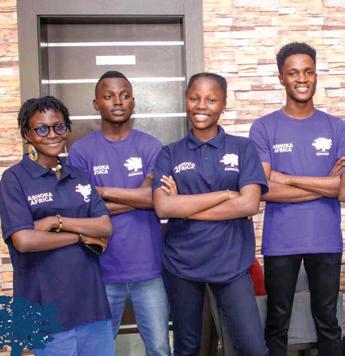
Ashoka Young Changemakers help lead the EACH revolution in Nigeria—from the schools to the media. Source: Ashoka
TRUTH
Society is being misled and divided by massive waves of disinformation. Ashoka Fellows have created systems-changing antidotes to every dimension of this threat. Ashoka’s Changemaking Networks then bring them into a far more powerful whole.
Consider the case of Indonesia. It is the world’s fourth largest country and recently held its biggest one-day election. Almost everyone there relies heavily on social media for information. Hoaxes abound.
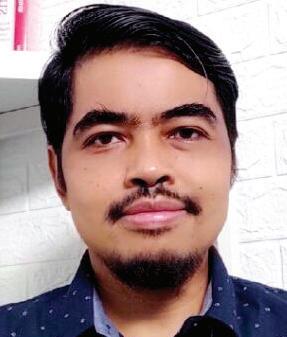
Septiaji Nugroho, recognizing the danger of runaway disinformation, has built an extraordinary combination of forces to fght untruth and to build citizen digital literacy. He has built a movement with:
• 90,000 online fact-checkers
• 26 top mainline media organizations that are active partners
• Branches for organizing and trainings in 49 cities
• Growing infuence with many government organizations at both provincial and national levels, ranging from elections (ensuring that voters have access to accurate information) to health (fghting health disinformation), and from police (so they can defend free speech and support ofenders’ rehabilitation) to education (where he has succeeded in getting digital literacy into the curriculum.)
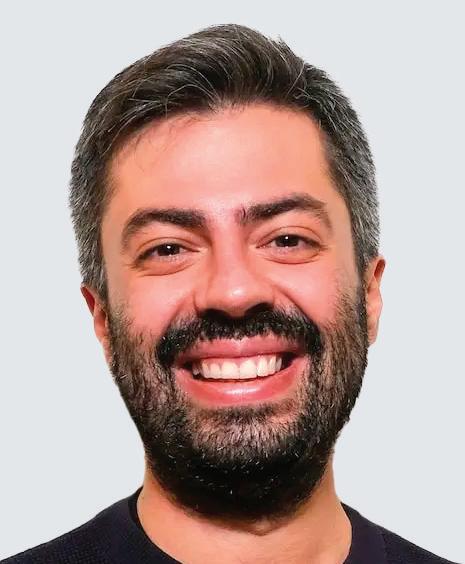
Turkish Fellow Mehmet Atakan Foça also weaves massive truth-checking together with building broad public digital grasp. His approach, however, focuses strongly on holding platforms and media accountable and making them responsive. He not only invites citizens to check facts, but he has created the infrastructure that then holds media accountable for published untruths. This motivates both fact-checkers and media.
He is increasingly able to compel corrections from news sites that publish misinformation. Indeed, now writers and editors increasingly come to his Teyit organization before they publish a piece to check its accuracy. All this has made even the major platforms, like Facebook, truly responsive.
He also gently makes all the media far more responsive by building their professional truth-seeking skills. Teyit has given its fact-seeking training to 300 journalists and over a thousand journalism students. He is also steadily building other citizen organizations into his truth accountability movement by sharing both skills and strategy.
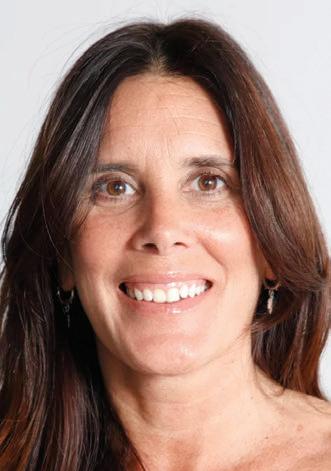
Argentina’s Laura Zommer built Chequeado, the frst and largest fact-checking network across the Spanish-speaking world, including the 40+ million living in the United States who depend primarily on Spanish. By promoting media literacy, fostering collaboration among journalists, and developing innovative tools to detect and counter false informa-
tion, Laura’s initiatives empower individuals and communities to make informed decisions based on accurate information. Like other Fellows, she draws in powerful allies to help the fght for truth structurally. For example, she has changed the way sixty universities teach fact-checking. Here’s another example: Her network now includes 41 media houses in 19 countries that work actively with her to improve the quality of public debates by making them more fact-based. A key here is raising the cost of lies.
“At a time when truth and facts are under siege by misinformation, Laura Zommer leads the fght for transparency and factchecking using technology and digital journalism tools. [...] Chequeado revolutionized journalism, frst in Argentina and then throughout Latin America.”
Columbia Journalism School, 2024
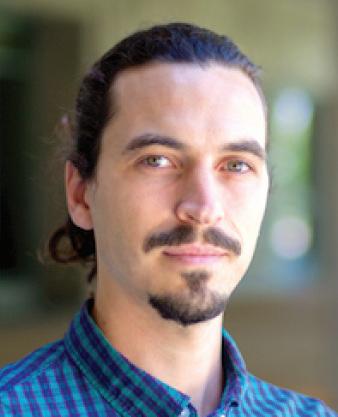
Fellow Emmanuel Vincent is building in scientists across the world a sense of professional responsibility to help check the accuracy of science reporting. Especially famous scientists led the way, encouraging others to follow. The process is comfortably like peer review — with all the steps facilitated through a channel for support and collaboration. His success in getting key publishers and platforms to feed the careful ratings of articles and authors his professional peer panels produce into platform algorithm guidance provides both impact and more motivation for senior scientists to participate. Here’s an example from one participating publisher, Forbes: As ratings from Emmanuel’s teams entered the algorithm, it stopped sending the work of a climate fantasist
to its viewers. That contributor’s viewership went from one million to 5,800 in a year. On Facebook, those that Emmanuel’s scientists found repeatedly untruthful lost 40% of their following.
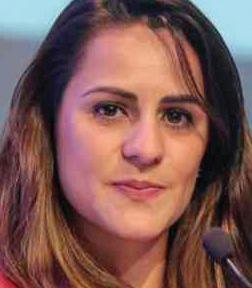
Brazilian Fellow Ana Paula Morales improved the quality and quantity of scientifc reporting by attacking what her research showed was the single biggest barrier: Reporters found it difcult to understand what scientists say. She now has universities and funders training scientists to connect and make their communications impact a key factor in advancement and funding. She has also built regular source/writer collaborations between 600 scientists and 2,000 journalists. This has led to a sharp increase in press coverage of research fndings and, in some cases, to policy changes.
How can solo reporters, covering at most one country, investigate complex cross-national crime and corruption organizations? They can’t get the information, but these forces can get them. Over 80 journalists were murdered in Mexico between 2017 and 2023.
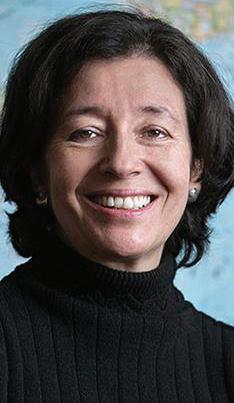
Colombian journalist and Ashoka Fellow Maria Teresa Ronderos has changed the playing feld. Now journalists collaborate across Latin America using encrypted communications; shared information databases; and safe, broad, and anonymous-when-needed publication through 80 collaborating publications.
Mimicking sophisticated organized criminal networks that transgress national borders, Paul Radu has built the world’s largest global network of investigative journalists and partners. Its secure technical infrastructure (including AI) allows members to pool what they learn and helps spot criminal patterns.
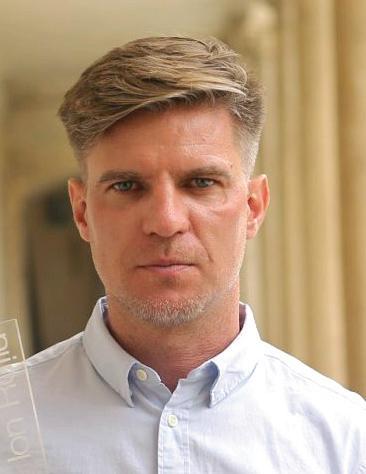
Ashoka and the feld of social entrepreneurship it built are giving millions the power of knowing they can change their worlds. Nothing undercuts corruption more efectively or more permanently.
Peter Eigen - Founder, Transparency International
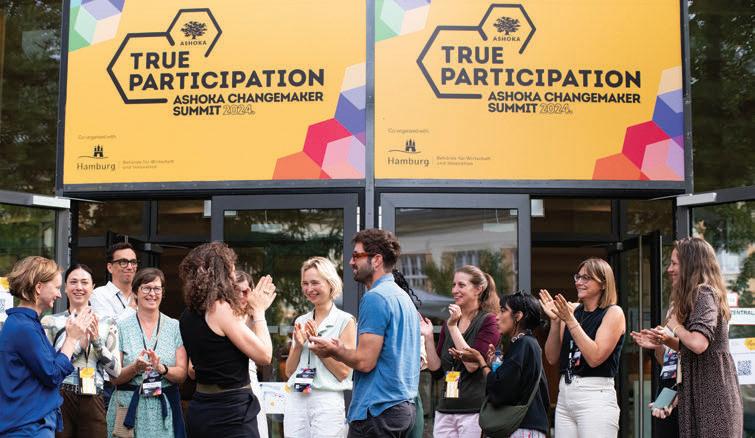
Participants at the Ashoka Changemaker Summit 2024 in Hamburg celebrate free expression. Source: Ashoka
HUMAN RIGHTS ONLINE
The new technology can serve human rights powerfully. However, from middle school cyberbullying to major attacks to destroy someone and intimidate all, there is a great need for social entrepreneurs to create efective human rights protections online. Ashoka Fellows do both, ofense and defense.
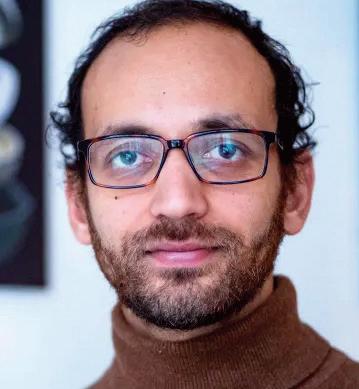
Hadi Al Khatib, a Syrian refugee Fellow, has given those fghting for justice a new digital armory. Given the ubiquity of cell phones and social media reporting, human rights horrors generate many digital fngerprints. Hadi has shown citizen groups across the world how to collect, preserve, connect,
verify, and present the evidence in open-source, disciplined, technical ways that are credible to the public and admissible as evidence in court.
Hadi’s story is classically that of the social entrepreneur. Horrifed by what was happening in his native Syria, he prototyped his vision in the Syrian Archive. In addition to creating the necessary technologies, he developed broad-ranging allies worldwide and won legal acceptance. Recognizing that major social media sites like YouTube were accidentally destroying critical evidence when removing violent scenes, he negotiated process changes including the immediate restoration of 650,000 videos. Hadi also trains and sup-
ports a growing number of citizen groups worldwide that need this powerful new tool. In addition, he now brings rapid response teams to places under human rights threat, recently ranging from Hong Kong to Iran.
Since Russia's invasion of Ukraine, he has worked with Ukrainian civil society to support digital evidence-gathering. He has also connected Syrians with Ukrainian communities to help them learn how to survive in war zones.
“Hadi Al Khatib, the founder of Syrian Archive, an online repository of evidence of potential war crimes, told TIME that he and his colleagues [are now doing] digital evidence-gathering for the Ukraine confict.”
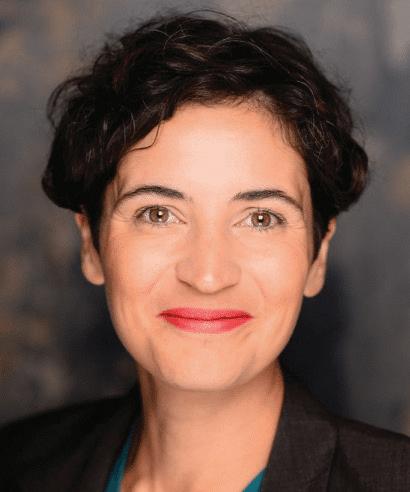
Ashoka Fellow Anna-Lena von Hodenberg and HateAid have made online hate attacks highrisk using three linked strategies. First, she helps victims of online violence through counseling and going to court when needed or strategic. She provides the victims
full support ranging from fnancial to media throughout the fght. Her HateAid so far has counseled 5,600 victims and brought over 300 precedent-seeking cases. In 2024, for example, one case caused the court to rule that only the platform (here Facebook) is in a position to spot and take down a false, harmful meme and that it is responsible to protect users and must act.
Second, she engages and trains police and law enforcement agencies in how to recognize and fght online violence. More and more local prosecutors have opened specialized platforms and units. Each success on these frst two levels builds public support and encourages everyone to be a bit
more respectful. And it helps her multiply policy and legislative successes. So far in 2024, her work has triggered 574 press reports. All the above, reinforced by efective campaigning and lobbying at the national and EU levels, enabled Anna-Lena to infuence both the design and implementation of key legislation, notably including the Digital Services Act. Key provisions she pressed include quick, efective responses from platforms to complaints and alternative dispute resolution by an independent body if the hate content remains.
“When hate on the net does not increase but decreases. When the police take those afected seriously and public prosecutors do not drop cases for lack of public interest. If the platforms cooperate with the authorities. If perpetrators are held accountable more often. If the algorithms of the platforms no longer favor hate comments. And if we all develop an awareness that we can shape the digital space ourselves and demand change. Then [HateAid] will have achieved our goal.”
Anna-Lena von Hodenberg
“When advocates of democracy boldly participate in public discussions, it strengthens society’s foundation. Without their input, the conversation is steered by those who spread lies and manipulate, infuencing silent onlookers. If people don’t dare to express their opinions and engage on the internet, democracy is at risk.”

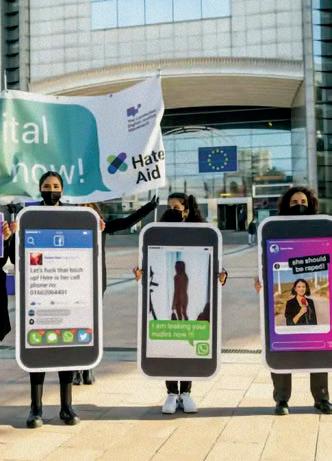
Anna-Lena von Hodenberg’s organization, HateAid, is the frst support service for victims of digital violence. It also presses for policy change, including at the EU level.
Source: HateAid
Anna-Lena von Hodenberg
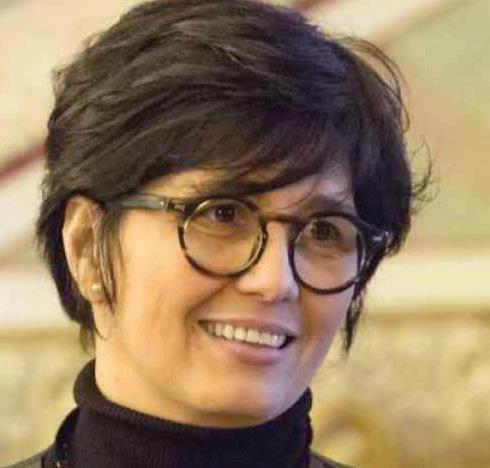
Many other Fellows work against online hate behavior, often by championing empathy and civility more broadly. Rosy Russo, a Fellow who was earlier a victim of online hate speech, founded Parole Ostili (Hostile Words), a movement for responsible digital citizenship. She engages schools and other powerful partners (ranging from famous sports teams to top media) in championing high-level civility in digital communications, especially within their networks. She provides
them with resources and tools both to engage their people and to drive awareness and action across society. An exceptionally powerful such ally is football giant AC Milan, which has publicly committed to urge its fans to end all forms of hate and prejudice. It joined the Parole Ostili movement and signed its Manifesto of Non-Hostile Communication. The Manifesto has been translated into 33 languages, and 25,000 organizations and hundreds of thousands of individuals have signed it.
Rosy, who has long focused on young people, works closely with the Ministry of Education and has reached 250,000 teachers and well over a million students. In high schools where the program has been implemented for at least fve years, incidents of online hate speech and discrimination have decreased by between 20% - 60%.
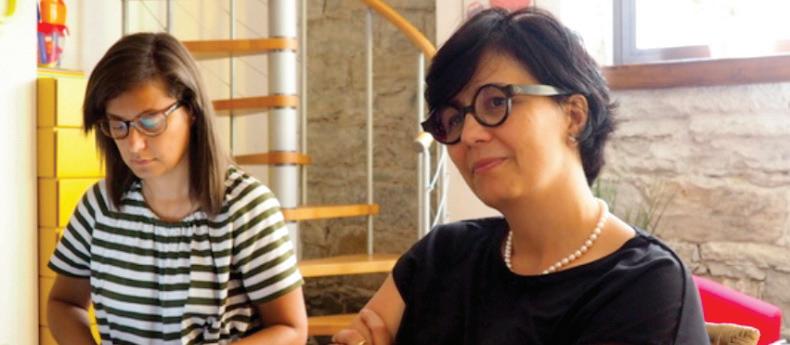
Rosy Russo, founder of Parole Ostili, collaborating with her team to create initiatives that foster respectful communication and combat online hate speech. Source: moked.it
NOTHING COMPETES WITH CHANGING THE WORLD
90% of Ashoka Fellows still pursue the idea they were selected for
and 90% of those who shifted focus stay fully committed to causing social change for the good.
GOOD IDEAS HAVE LEGS
82% of Ashoka Fellows have seen their idea replicated:
• 61% within their country
• 42% internationally
"Ashoka is a powerful force in the world. Just the power of all the connections between all the changemakers in the community is intoxicating. I can’t think of a better environment to radically change the world."
Jacek Purski, Ashoka Fellow, Poland
II - THE NEXT STAGE STRATEGY: NETWORK EFFECT FOR MEGA CHANGES
As we have just seen, helping individual Fellows fy and enabling Fellows, especially when addressing the same need, to form powerful collaborating networks, moves history.
However, over the last dozen years, Ashoka has learned how to multiply even these impacts many times over.
It can do so in part because the world’s "everyone a changemaker" (EACH) transformation has passed from the slow early adopter stage and has now entered the turning point years. Most people are moving. They are fast leaving the world of repetition and institutions and have become part of the brain-like one organism the everything-changing and connected new reality requires.
One reason the world is tipping now is because it feels safer to move when others do. But the accelerating momentum of the new reality now leaves little choice. In 2000, the high- and low-changemaking rough halves of the U.S. had almost identical economic outputs per capita. Twenty years later, the high/low changemaking ratio was 71/29.
This new reality requires individuals and organizations to master the complex abilities and ways of organizing required for changemaking.
And, as the rate of change and the extent of connection both continue to accelerate, everyone must become ever more skilled in these profoundly diferent, indeed largely opposite, new ways of operating.
This revolution requires everything to change: From how one parents to how all groups must be organized. And health (and all other felds) must change just as urgently as technology. Each dimension of all
this change needs social entrepreneurs at the cutting edge – as practitioners, as groups working on a common need, and as an overall network.
This is why the Ashoka global community has been learning and developing so rapidly and urgently.
Ashoka has always sought the best big new ideas in the hands of the best social entrepreneurs. As new needs develop, waves of top entrepreneurs, each with their own vision and approach, enter and help solve that problem. They also contribute to Ashoka’s overall networks and therefore its network efect power.
For example, there are 1,400 Fellows focused primarily on kids. Eightynine percent of them put kids in charge. That leads to signifcant improvements in learning and declines in bullying. More important, those kids are — and know they are — changemakers: They will be givers in our new world. They will look for problems, have dreams, build teams, and enable society to take the next steps forward wherever change is needed, be it in human rights online or enabling older people to regain their power.
Of the 1,400 Ashoka Fellows focused primarily on kids, 89% put kids in charge.
There are similar groups in felds as diverse as technology and empathy. And, as new needs arise, once the timing is ripe, they attract new clusters of social entrepreneurs and their ideas across the world.
However, as the overall rate of change accelerated, it became clear that the feld needed to organize in far more powerful and far faster moving ways.
It must move quickly from seeing what is needed to getting new architectures into place across the world.
After seven years of developing the prototype in Brazil, followed by quick early adoption in Africa and Southeast Asia, this fast-improving new heart of the “everyone a changemaker” revolution has now at least begun operations on all the major continents.
Here’s how it works:
1. Ashoka starts with an open-source search for the best social entrepreneurs with big ideas for good in all felds and locations. When a critical mass of Fellows appears, it signals that an issue is ripe. Ashoka then invites these Fellows and others from related felds to think and act together with us as a work group.
2. With a ripe need identifed, the work group (a) defnes the purpose that is the answer to that need; (b) spots the pattern cutting across the Fellows’ answers that best serves that purpose and EACH; and (c) then maps the decision-making architecture that will guide the feld to best satisfy the purpose. In a world of change, that architecture must be self-correcting over time.
3. Ashoka then builds core collaborations with mega partners (for example, unions, universities, and publishers) and with metro areas. This works because EACH is exactly what those these organizations serve most need. Once committed, they drive the change (and reinforce one another.) The Purpose collaborations for Empathy and Young People Practicing Changemaking now have over 100 committed jujitsu partners and approaching 50 jujitsu organized metro areas.
"At a time when people paid little attention to my ideas, Ashoka spent hours listening... it was one of the most introspective and forward thinking processes I had ever experienced."
Ratnaboli Ray
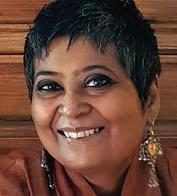
TAKING ON POLARIZATION:
Let’s take a look at an example.
The Tech and Humanity Purpose – a collaboration between Ashoka and Build Up – is working on a new (self-correcting) decision-making design that promises ultimate root cause changes. It is in step two.
The platform owners (Google, TikTok, etc.) maximize proft by gluing viewers to their devices. Stories that divide help them do so. Their algorithms spread polarizing “bad content” six times faster than other content. This is a situation quite analogous to that of environmental polluters: They make money by not controlling pollution and instead shifting all its health and other costs onto the public.
The Ashoka Purpose team therefore asked: “Why not treat the platforms like the polluters and make them pay for the harm they do with a ‘polarization tax’?” (There are, of course, many other ways of getting the incentives right.) The frst step is to develop a “polarization footprint” that reliably measures the degree and distribution of divisive content. A success here would invite developing measures for untruth and many other evils. The Purpose team is in discussion with law schools and environmental lawyers.
The next step is feld trials in Kenya. This work won the Omidyar Data Prize in 2023.
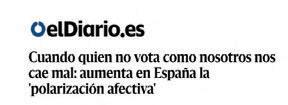


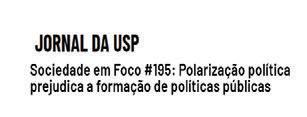
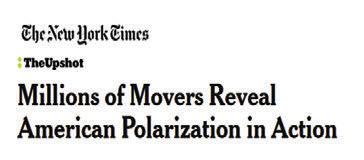

“What we now need to do is to set to work to measure this polarization footprint, and fnd the right metrics that can be applied across platforms.”
Ashoka Fellow Helena Puig Larrauri


Ashoka Fellow Helena Puig Larrauri, co-founder of Build Up, and key ideator of the polarization footprint at the Tech for Humanity Summit (Bilbao, March 2024.) Source: Ashoka
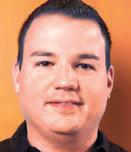
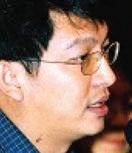
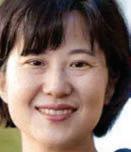
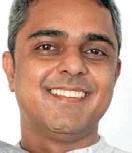
” When you get Ashoka into the equation, things can go global… I can pick up the phone and ask Ashoka to help me scale my platform to another country because the network will have a local ally. It’s like now we have the possibility to get this to the whole world.”
— Mauricio Canseco, Mexico
”Ashoka gave me a worldview that dared me to think more. Ashoka introduced me to many others like me… successful examples that inspired me to keep on doing what I was doing, while thinking more and thinking broader.”
— Sombat Boonngamanong, Thailand
”Ashoka helped me a lot where the time was very critical… the biggest issue you have when you do something so new [and] innovative… is the isolation. Not feeling alone but also having real partners across the world has been very empowering.”
— Soonjin Lee, South Korea
“Dream a Dream´s organizational culture has been shaped around an Everyone a Changemaker world thanks to Ashoka. Ashoka has challenged us, shaped our thinking, and helped us articulate our work with more clarity and conviction.”
— Vishal Talreja, India
“The relationship between Ashoka and its Fellows is one of total confidence.”
